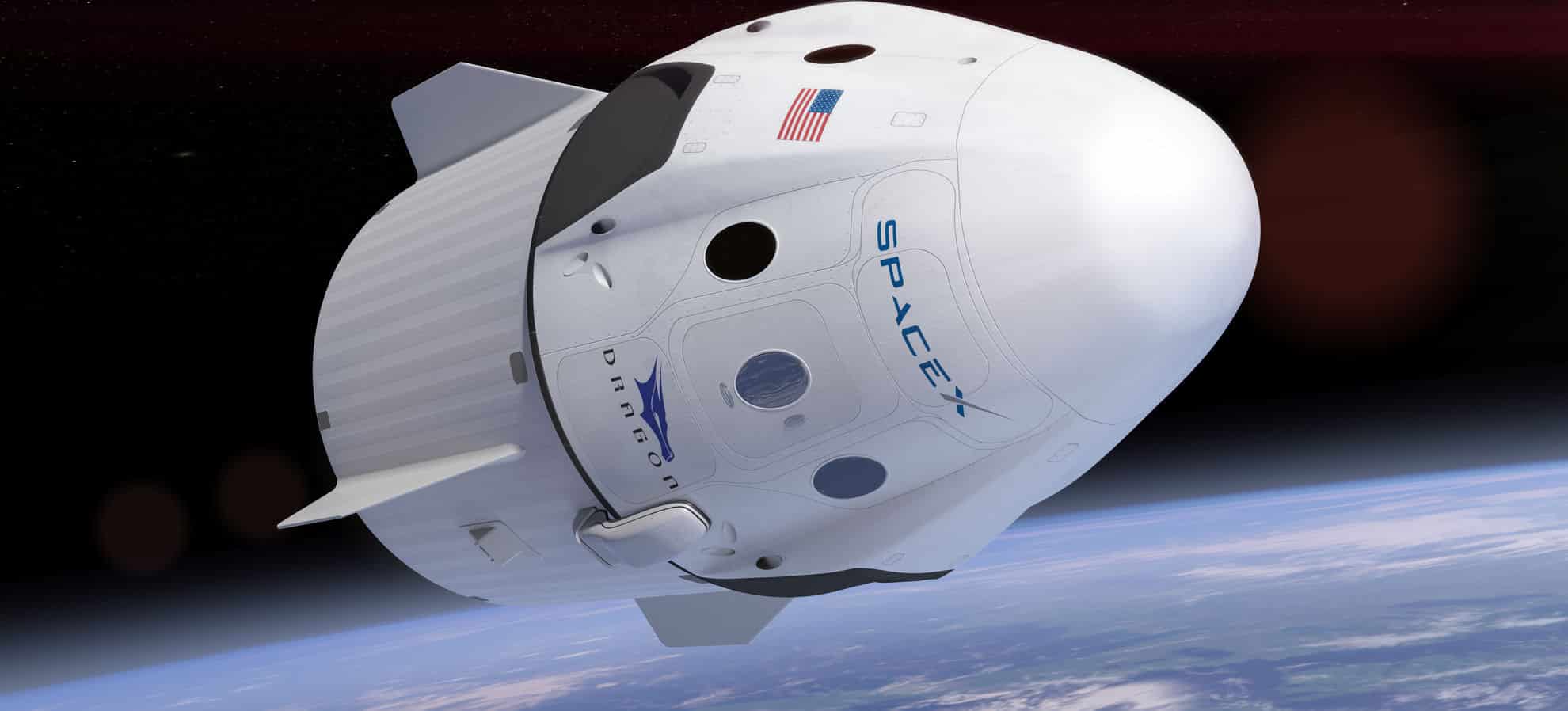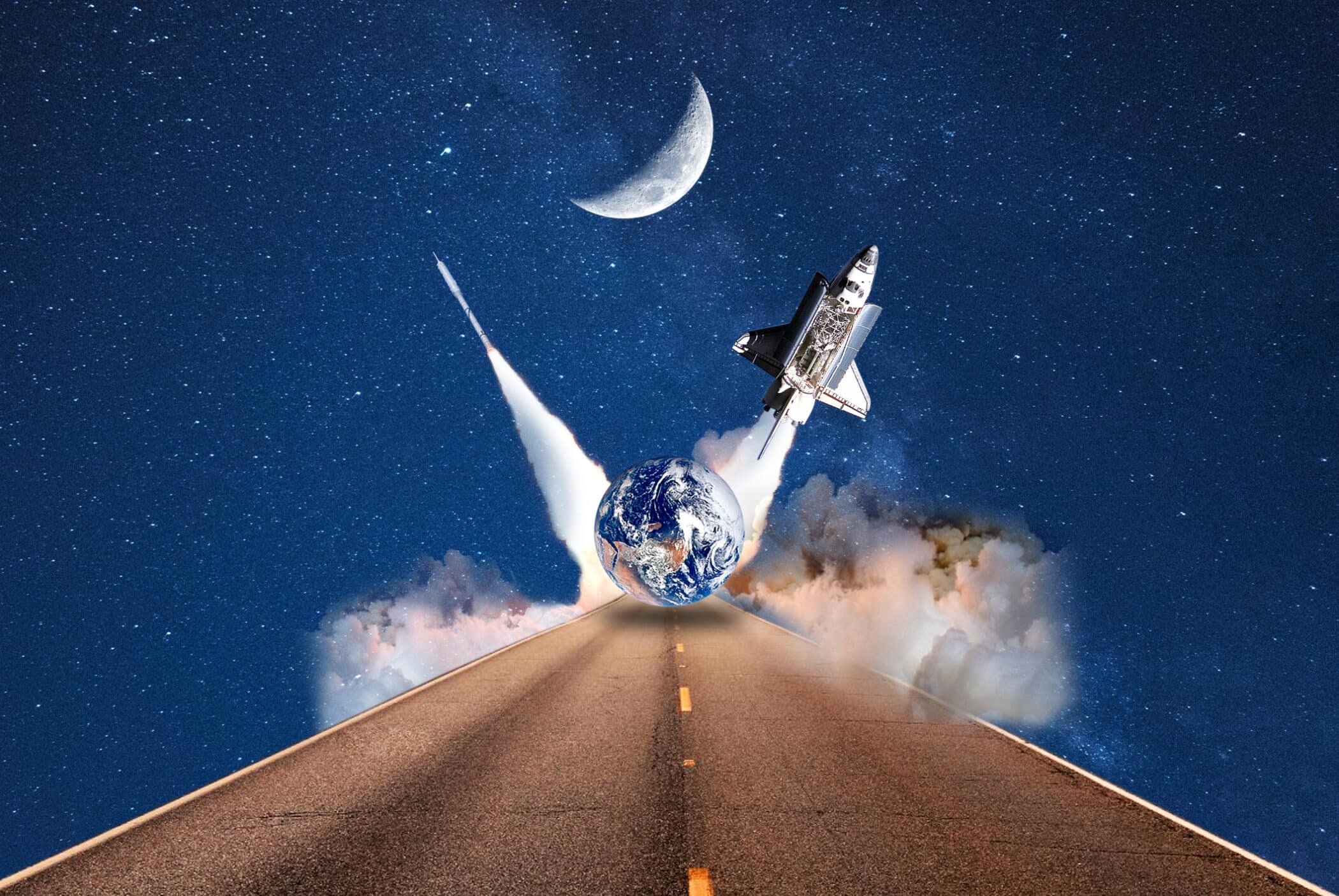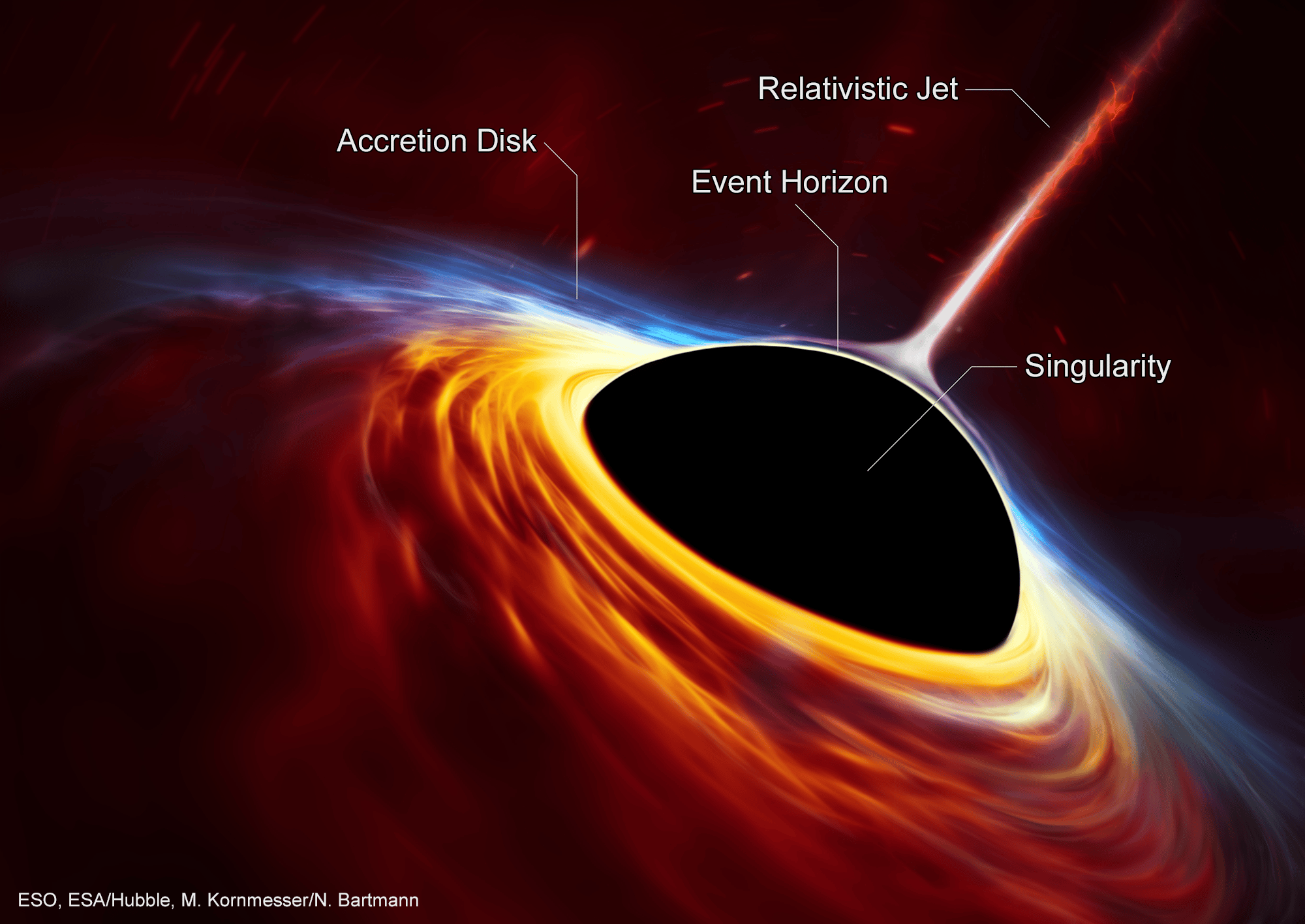Space travel is here and this time to stay
Space travel is here to stay ever since Captain Kirk almost said Beam me up Scotty, (actually he never used those exact words) space has been the last and vast frontier.

Space Adventures and Spacex
When can you travel in space?
For many years, the dream of traveling in space has captivated humanity. From science fiction movies to NASA’s space exploration program, the idea of humans traveling out of this world has been a source of fascination and inspiration for generations. But when can we actually travel to space? This article will take a look at the current state of space travel and what options are available for those who would like to experience a journey through the stars. We’ll explore some of the biggest challenges facing scientists and engineers as they work towards making space travel a reality, as well as some promising developments in recent years that could make this once unimaginable feat a reality sooner than we think.
For old time’s sake:
How space travel works
Space travel is an exciting field of research and exploration. It harnesses the power of the sun and Earth’s gravity to send spacecraft out into the solar system and beyond. Here’s a look at how space travel works.
When a spacecraft is launched from Earth, it must first overcome the planet’s gravity. This requires a lot of energy, which is why rockets are used. Rockets work by burning fuel to create thrust. The more fuel they burn, the more thrust they create, and the faster they can go.
Once a spacecraft has escaped Earth’s gravity, it can start using other forces to help it move around. For example, it can use the gravitational pull of planets and moons to slingshot around them and gain speed. It can also use the sun’s radiation pressure to change its course.
All of these forces need to be carefully calculated before a spacecraft is launched. Otherwise, it could end up going off course and never reaching its destination.

Travel in Space is tne most mind blowing trip ever
What are the conditions in space?
The conditions in space are extreme. They can be either very hot or very cold, and there is little to no air pressure. These conditions can be dangerous for people who are not properly prepared or equipped to handle them.
The different types of space travel
There are many different types of space travel, each with its own benefits and drawbacks. The most common type of space travel is rocket-powered flight, which can be used to reach high altitudes and escape the Earth’s atmosphere. However, this type of travel is very expensive and requires a lot of fuel, so it is not always practical for long-distance travel.
Another option for space travel is using a space elevator, which could theoretically be used to transport people and cargo between the Earth’s surface and an orbiting space station or a lunar base. However, this technology has not yet been developed enough for widespread use.
A third option for space travel is using solar sails, which rely on the pressure of sunlight to propel a spacecraft through the vacuum of space. This method is much more fuel-efficient than rocket propulsion, but it is currently only feasible for short-distance trips within our solar system.
Ultimately, the best type of space travel will depend on the specific needs of the mission. For example, if you need to transport a large amount of cargo or reach a very high altitude, a rocket-powered flight will likely be the best option. But if you’re just looking to take a leisurely trip around our solar system, solar sails might be the way to go.

Travel in space physics
What are the risks of space travel?
There are a number of risks associated with space travel, including:
• Radiation exposure – both from the sun and from cosmic rays. This can result in a number of health issues, including cancer.
• Microgravity – this can lead to a number of problems, including muscle and bone loss, as well as fluid shifts which can cause dizziness and nausea.
• Isolation and confinement – long periods of time in space can lead to psychological issues such as depression and anxiety.
How to prepare for space travel
Assuming you would like tips for those interested in space travel:
1. Do your research- space travel is a big commitment and not something to be taken lightly. There are many companies offering space travel experiences, so find one that feels right for you and make sure to read reviews.
2. Be prepared for the cost- space travel is expensive, so make sure you have the budget for it. It’s also important to remember that most companies require a deposit upfront, so factor that in as well.
3. Train your body- space travel takes a toll on the human body, so it’s important to be in good physical shape before embarking on your journey. Talk to your doctor about any necessary vaccinations or medications you may need and make sure to exercise regularly leading up to your trip.
4. Learn about the destination- whether you’re going to Mars or low Earth orbit, it’s important to learn as much as you can about your destination. This will help you better prepare mentally and emotionally for the experience.
5. Pack wisely- what you pack for a space trip will depend on where you’re going and how long you’ll be gone, but there are some basics that everyone should remember. Make sure to bring enough food and water (and don’t forget snacks!), appropriate clothing for the climate, any necessary medications, and items to keep yourself entertained (books on Ipads will be huge).
How is space tourism doing?
Now we finally reached the connection. Space and tourism. Space tourism is still in its infancy, with only a handful of companies offering trips to space. However, the industry is expected to grow rapidly in the next decade as technology advances and the price of tickets comes down.
Currently, there are three main types of space tourism: suborbital, orbital, and deep space. Suborbital tourism involves taking a short flight into space that lasts around two hours. This type of trip is currently offered by Virgin Galactic and Blue Origin, and tickets start at $250,000. Orbital tourism involves staying in space for a few days or weeks and requires training beforehand. Only a handful of people have been able to do this so far, but companies like SpaceX and Blue Origin hope to change that in the near future. Deep-space tourism (also known as expeditionary tourism) is the most extreme form of space travel and involves traveling to destinations like the moon or Mars. This type of trip is currently not possible for civilians, but some companies are already working on it.
The space tourism industry is doing quite well. In fact, many companies are reporting an increase in bookings and interest in space travel. This is likely due to the increased focus on the safety and isolation of space travel, as well as the unique experience it offers.
There are a few different ways to experience space tourism, from suborbital flights to staying in an orbiting hotel. The most popular option seems to be suborbital flight, which offers a brief taste of weightlessness and views of Earth from space. For those looking for a longer stay, there are a few private companies working on orbital hotels that could be operational within the next decade.
So if you’re interested in traveling to space, there are definitely options available and more are being developed all the time. The only thing holding you back is probably your budget!
The ISS Space Station, you may actually go to
As mankind’s only permanently manned outpost, the International Space Station (ISS) circles the Earth every 90 minutes in low-Earth orbit.
You will reach Earth orbit at 17,500 miles per hour, over 250 miles above the Earth’s surface, and you will be weightless, floating inside your spacecraft when you reach Earth orbit.
Clients have flown to the International Space Station on the Russian Soyuz spacecraft and have lived and worked alongside professional astronauts for a minimum of 10 days on board.
Over 600 people have traveled to space since manned spaceflight began
STATION IN SPACE
In low-Earth orbit, the International Space Station (ISS) is mankind’s only permanently manned outpost.
The ISS is unlike any other place on Earth. You will travel at 17,500 miles per hour, over 250 miles above the surface of the Earth, floating weightless inside your spacecraft.
Since 2007, Space Adventures has arranged all nine private flights (2023) to space completed by private citizens. clients have traveled to the International Space Station on the Russian Soyuz spacecraft, and have lived and worked alongside professional astronauts.
Over 600 people have traveled to space since manned spaceflight began – you have the chance to join them.
Take me to the moon..and back again, please
Space travel is an amazing opportunity that has the potential to expand our knowledge of outer space and its many mysteries. Despite some technological advances in space exploration, there are still many obstacles to overcome before we can safely send humans on long-duration
Space travel is a fascinating and exciting prospect that has been the source of many scientific advances as well as inspiring countless dreams. While it isn’t yet possible to jet off on a holiday in space, progress is being made toward this goal. Private companies are leading the way in developing technology that will make space travel more accessible than ever before, and there is so much potential for what we can learn from exploring outer space. Whether it’s through suborbital tours or longer manned missions, soon enough you too could be experiencing the wonders of our universe!




